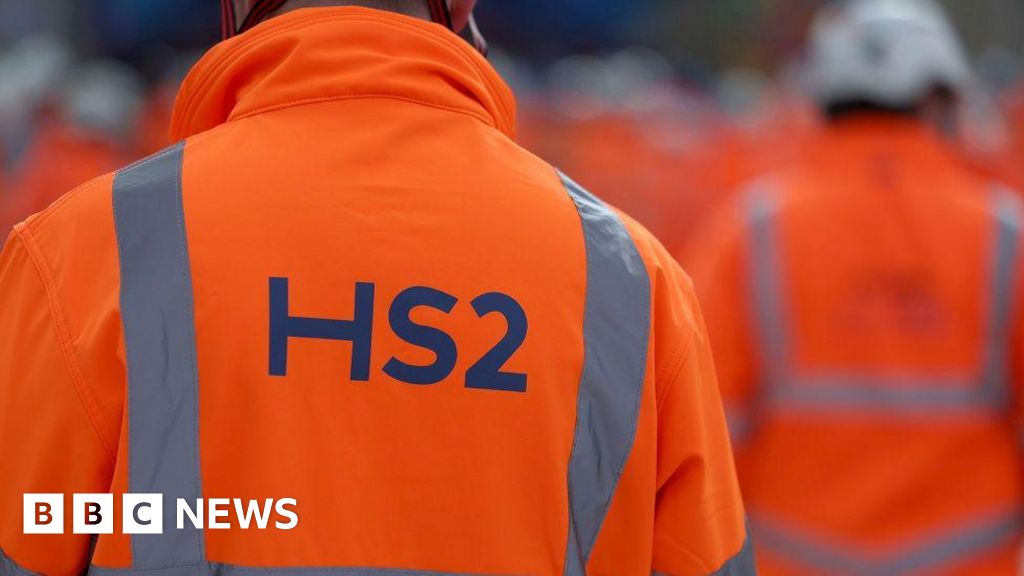Mother and child daughter with face mask in self-isolation or quarantine talking to teacher online.
getty
It appears that we’re going to rehash public school reactions to the pandemic at length, as witness by the House subcomittee hearing on school closures this week.
The hearing’s name included an invalid premise. Schools did not close. School buildings closed, but schools shifted to various forms of distance learning, from high-tech internet conferencing to low-tech hand delivery of materials to isolated students.
We are still left with a big question. Some districts re-opened their buildings for face-to-face instruction sooner than others. Why?
The pandemic years were challenging for schools. Local school leaders had little real guidance. Initially, then-Secretary of Education Betsy DeVos resisted any call for federal guidance; by the time she did weigh in, it was because the decision to resume face-to-face learning had become politically weighted. CDC guidance was merely guidance, evolving, and itself weighted with political opinions from all sides. Conditions on the ground varied wildly from district to district, and parents, schools boards, and teaching staffs reflected the same sorts of divisions and uncertainty as the rest of the population.
Ultimately, local districts were left to figure it all out themselves (and ultimately, most parents were happy with how the pandemic was handled). But what sorts of factors weighed on those decisions?
A new working paper from school finance experts Mark Weber (Rutgers) and Bruce Baker (University of Miami) asks the question, “Does school funding matter in a pandemic?”
Weber and Baker note that there has already been a batch of research done looking at a correlation between returning to in-person school and political affiliation or race or covid prevalence or union strength (as witnessed by the House hearing, the “unions kept schools closed” narrative is popular on the right).
Studies that look to a correlation between in-person learning and school spending have found no real pattern. But Weber and Baker suggest another approach.
They use a measure called “spending adequacy.” There’s some fancy math involved, but in a plain English write-up of the paper, Weber explains:
Every district has an adequacy target: the amount it needs to meet a particular educational objective. The amount a district spends under or above its target is its adequacy.
Funding adequacy can depend on the various challenges the district faces, including Finding that adequacy target amount is a task for researchers using “long-established empirical methods.” But the idea is simple enough. Let’s say East Egg and West Egg both spend $10,000 per student. But East Egg’s adequacy target is $7,000, and West Egg’s is $13,000. That means that even though they are spending the same amount, East Egg has hit and exceeded spending adequacy, while West Egg is coming up short.
Weber and Baker found a direct correlation. The more adequate a district’s spending was, the more likely it was to have more days of face-to-face schooling; the less adequate, the more likely to have more days of distance learning.
They are careful to point out that this correlation, like all the correlations shown for other factors, does not mean causation. But as we make efforts to look at the complex web of factors that were involved in choosing, or not, distance learning options, this factor deserves to be on the list.
Credit: Source link










